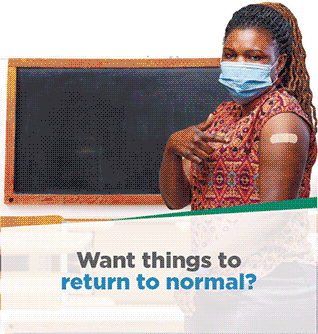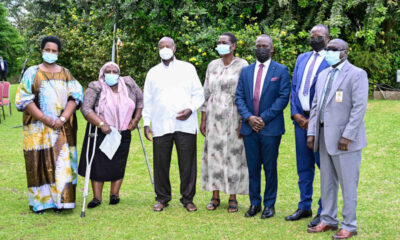Health
US help gets more expectant mothers to hospitals

Expectant mothers in 4 western Uganda districts are happier these days
A United States-supported campaign against maternal deaths in four districts of Uganda has recorded a dramatic increase in the number of expectant mothers giving birth in the hands of trained personnel, Writes Peter Muwonge
In just one year of its implementation, the Saving Mothers Giving Life (SMGL) programme that has been running in four districts of Kabarole, Kibale, Kamwenge and Kyenjojo has recorded an 82% increase in number of women delivering in facilities from 2,585 to 4,707.
The increase in the number of mothers delivering in health facilities has helped to reduce by 30% the number of women dying in the process of child bearing.
The results were highlighted at a dissemination meeting held in Kabarole district this week where other partners in the campaign including among others the Ministry of Health (MOH), discussed key findings and lessons learned from the initial pilot phase.
Through the U.S. Agency for International Development (USAID) and the U.S. Centers for Disease Control and Prevention (CDC), SMGL has helped to address critical challenges to maternal and child death in Uganda. These included training of 60% of health workers in the four districts, hiring of doctors and midwives to accelerate access to services.
According to the CDC Director Tom Frieden, the program has not only improved the maternal mortality rates but infant mortality rate too by the same percentage.
“Saving Mothers Giving Life has substantially improved the health of women and their babies in Uganda by making better care more accessible,” said Frieden.
According to the USAID Administrator Dr. Rajiv Shah, the availability of funds from the US government has made it possible for the increase in hiring and training skilled birth attendants, improvement of transport and communications networks among communities and facilities, strengthening of supply chains for life-saving medicines and commodities, and expanding testing and treatment for HIV/AIDS for women and their newborns
The amazing result, according to Frieden, has been an increase in the number of women delivering in health facilities – up by 62% – and to women’s improved access to emergency obstetric and newborn care.
“When we ensure that more women deliver with the presence of a skilled health worker, we can greatly reduce their risk of dying when complications arise,” Rajiv said.
Comments



















